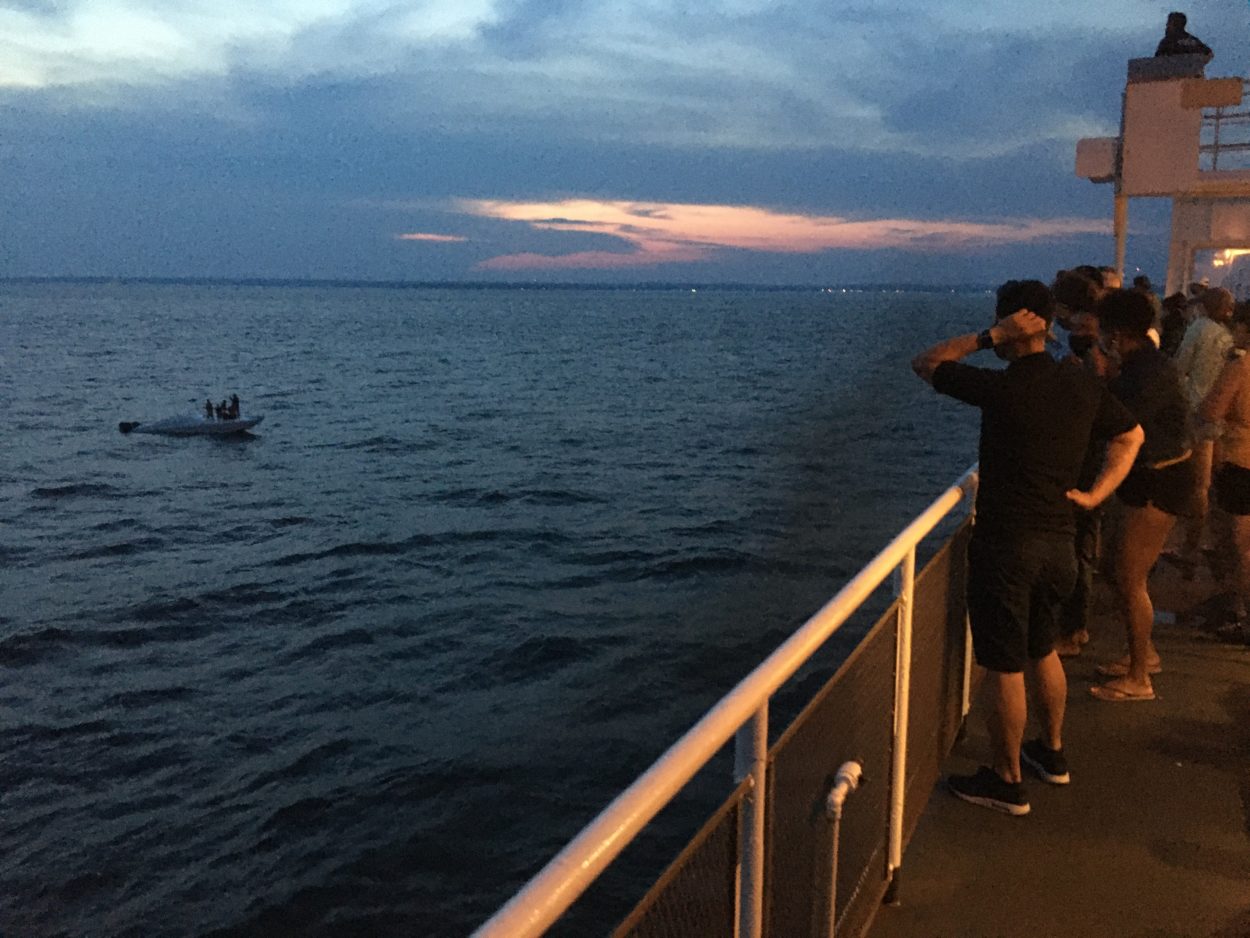
In 2011 Posthoorn, from the Natuurmonumenten, an NGO whose role combines that of the National Trust and the RSPB, tried to find a way through the political impasse.He successfully applied for funding from the Dutch postcode lottery with the idea of constructing islands to both collect the migrating silt and provide a home of dunes and marshland for wildlife. It was a worrying sign of things to come. Over the decades, the population of freshwater mussels vital for filtering the silt collapsed, along with the numbers of smelt fish, a favourite of local birdlife, including the common tern. But mounting costs and political hurly-burly got in the way of the reclamation, leaving behind only a huge, turbid basin of water – one of the largest lakes in Europe – muddied by swirling silt. The Houtribdijk, a dam with a road on top, was built, cutting the doomed lake off from waters to its east. The lake’s shores were armoured up with heavy stones. The Marker Wadden is an unprecedented feat of engineering and ecological restoration – made necessary because of human interventions, which have had disastrous consequences quite out of step with the Dutch reputation for water management.įorty years ago, plans had been in the works to reclaim this vast lake for habitation, potentially turning the four-metre-deep Markermeer into Markerwaard, a spillover settlement for the booming Dutch capital. Only the squawk and song of birds, the light clap of their wings, and the ebb and flow of water on the nearby sandy beach break the island’s silence. A small Robinson Crusoe-style hut stands next to a makeshift harbour for the volunteers who stay for week-long stretches as island wardens.īut here nature is king. Five sprawling artificial islands, constructed from sucked-up and refashioned fine silt, clay and shells, offer a haven for plants, birds and other wildlife.


Nine kilometres into the vast expanse of the Markermeer, the 700 sq km lake on Amsterdam’s easterly flank, lies a new Dutch archipelago.


 0 kommentar(er)
0 kommentar(er)
